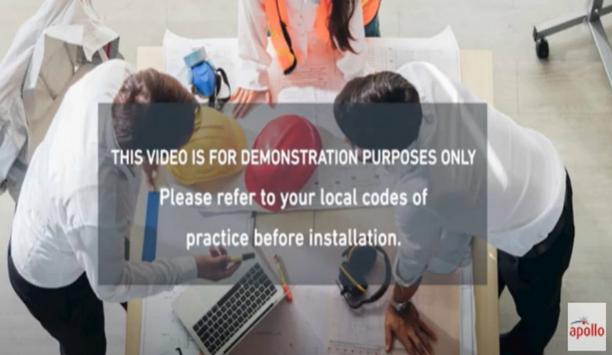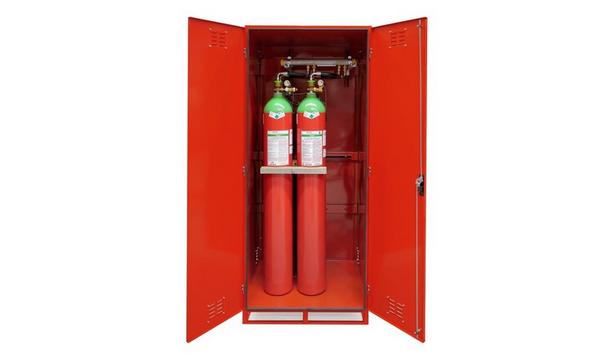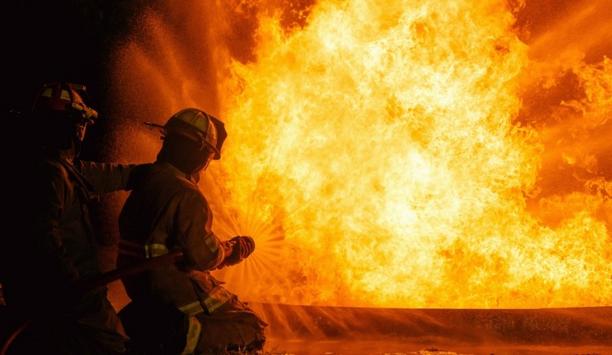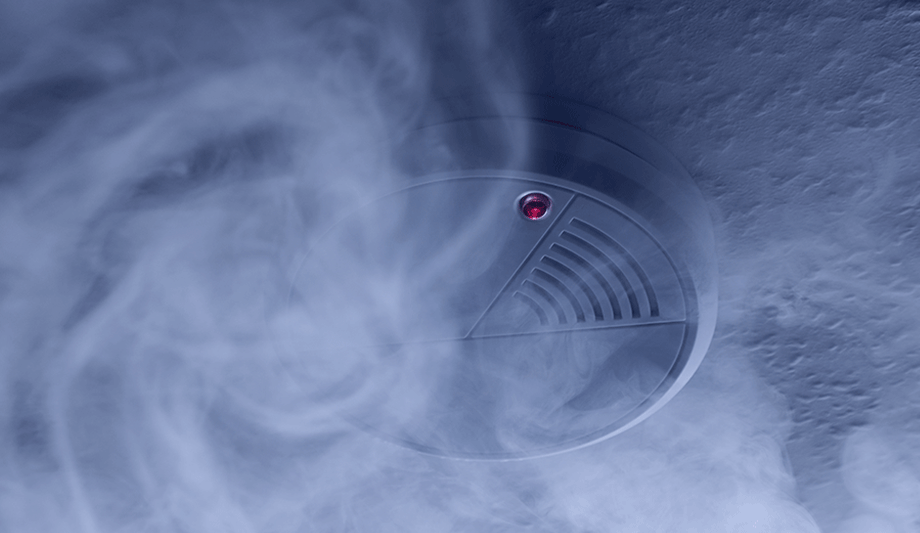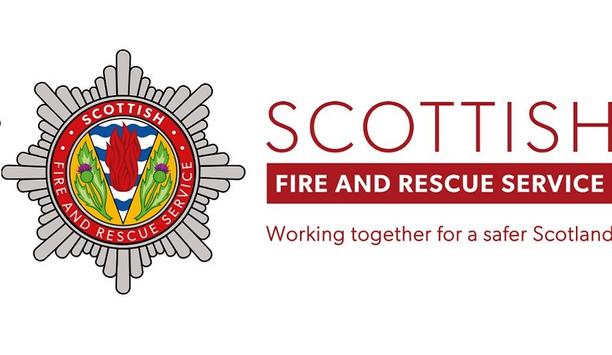Although it is important to get frequent fire extinguisher testing as a staple precautionary measure, it is vital to ensure that the office or commercial space is equipped with a fire evacuation plan.
Scrambling and racing to safety is the least situation any business owner and worker should be in. So, to prevent anything from going wrong, mentioned below are some tips for improving both residential and commercial fire evacuation plans.
Tips To Create An Effective Evacuation Plan
1. Imagine Various Conditions
Many conditions can create fire emergencies. That’s why it’s important to explore possible threats and immediate responses to such scenarios. They can start by asking these questions:
- Where could a fire start to break out?
- Why and how would they start?
- What should they do if “X” happens?
2. Inspect Tools And Familiarise With Them
Other emergency gear like fire alarms, emergency lighting, fire doors, megaphones, bullhorns
Since they’re always nearby and just waiting for use, they tend to expect fire extinguishers to be constantly ready. However, that’s not always the case. They can’t function properly if they haven’t been properly maintained.
That’s why it’s important to know a fire extinguisher testing near me for test and tagging. Other emergency equipment such as fire alarms, emergency lighting, fire doors, escape ladders, megaphones, bullhorns, and traffic control should be properly maintained, too.
In addition to that, it’s also important to educate family members and workers on the proper utilization of the tools. Teaching how other items can also be used in an emergency scenario will be helpful as well.
3. Establish A Chain Of Command
It’s important to have someone in charge when emergencies happen. This way, the order is reassured during a stressful and dangerous situation.
The adrenaline taking over is expected but often results in consequences if carelessly executed. But if there’s an enforced chain of command, things are less likely to be out of control due to impulsive actions.
4. Designate Roles
By designating roles and responsibilities, they are also creating a good communication plan. Assign someone who would always be on high alert for fire emergencies.
Additionally, there should also be fire wardens, extinguishers, floor monitors and route guides. By doing this, they can function as a team and put everyone to safety more efficiently.
5. Determine The Nearest Exits and Safe Escape Path
Clear signs and knowing which escape route to take are vital for a successful fire evacuation plan. Make sure these routes are free from large furniture that may obstruct the safe passage during emergencies.
Preparing For Fire Emergencies
Aside from devising a detailed fire evacuation plan, it’s also important to conduct fire drills to train for the actual situation. Rehearsing for fire emergencies can help in minimizing confusion and panic.
In fact, authorities recommend conducting fire drills either every quarter, semi-annually, or annually. By doing so, they promote muscle memory to develop and react when a real emergency occurs. Combine a good fire evacuation plan with properly maintained tools.



